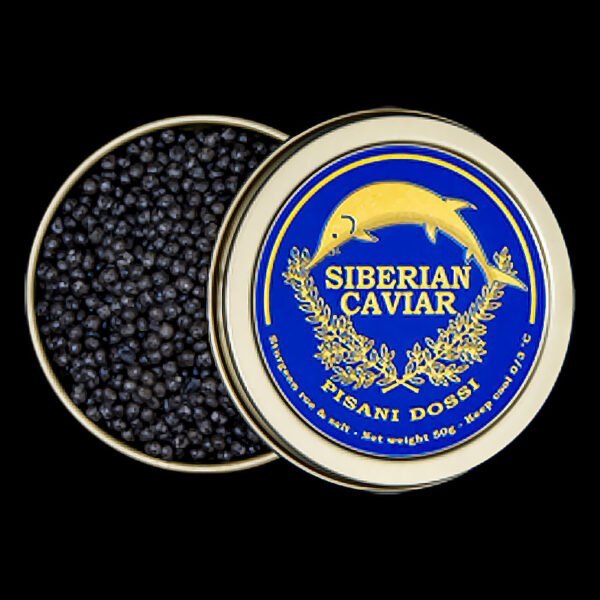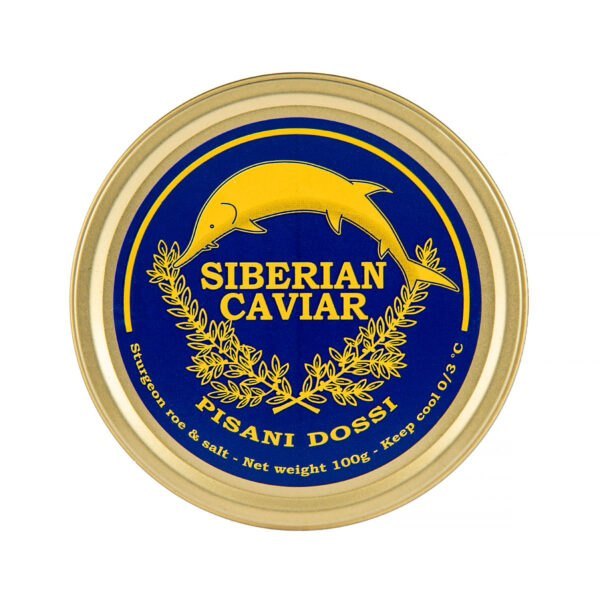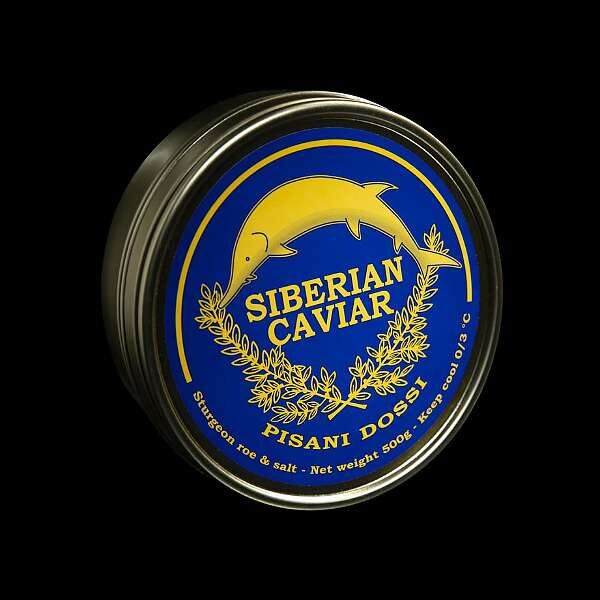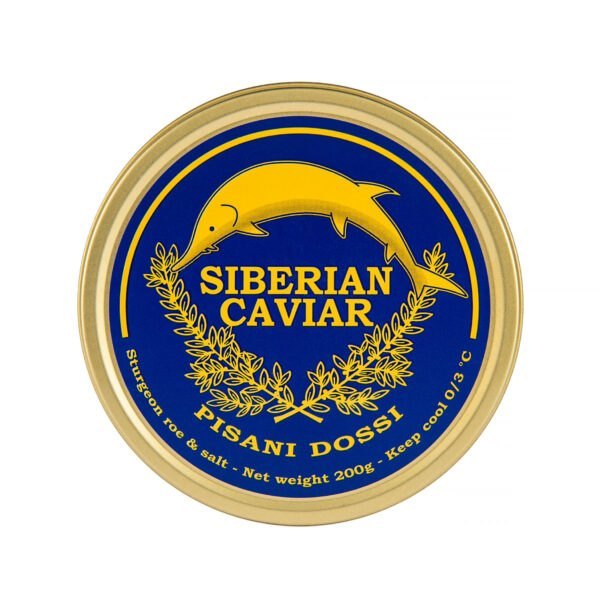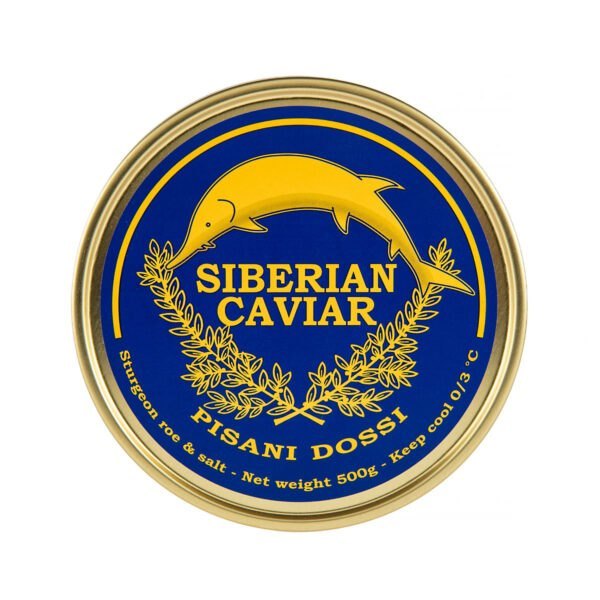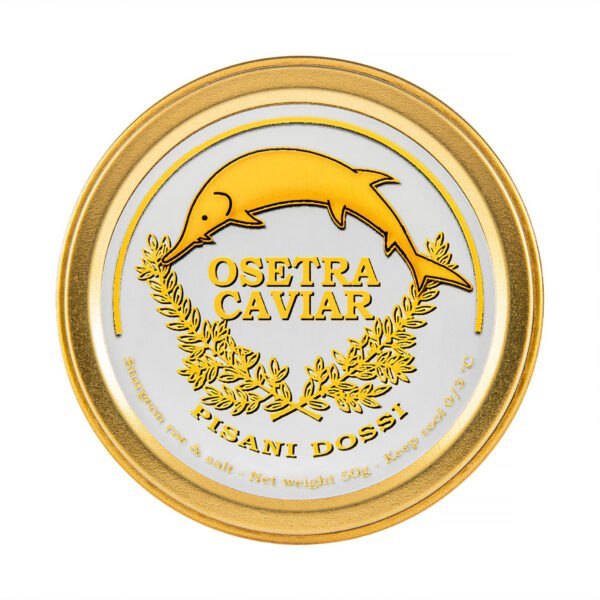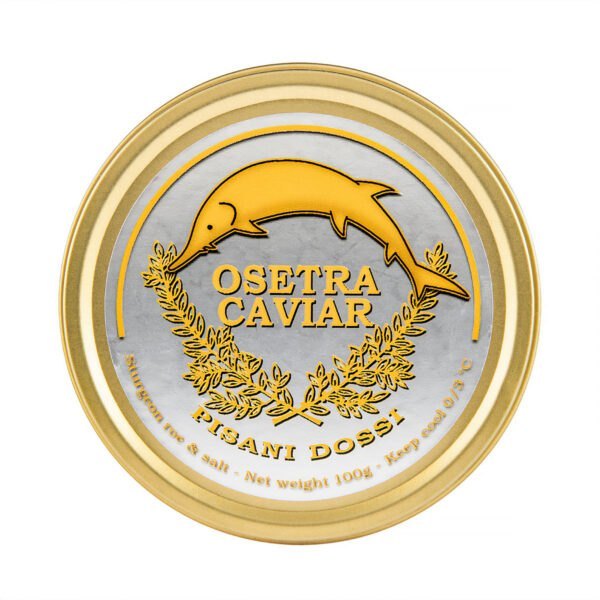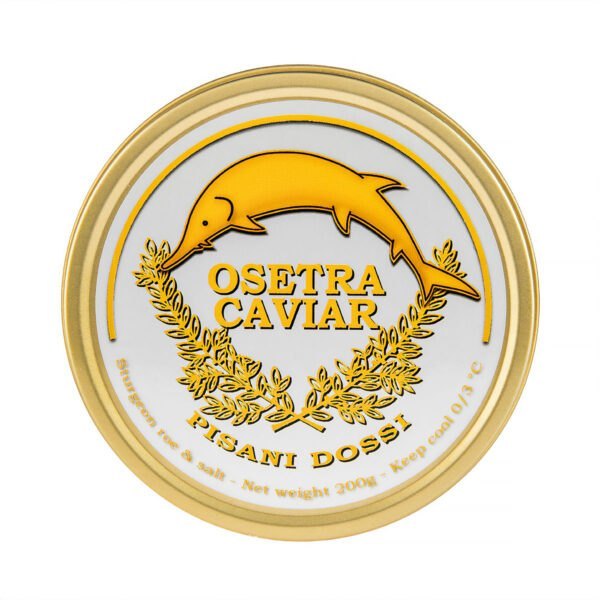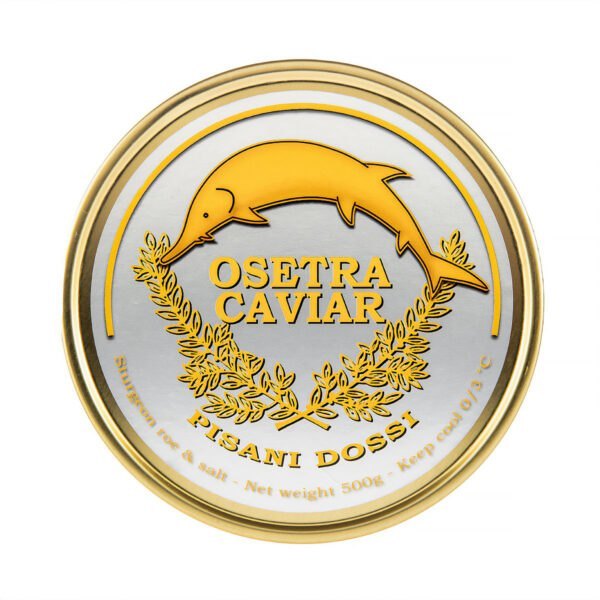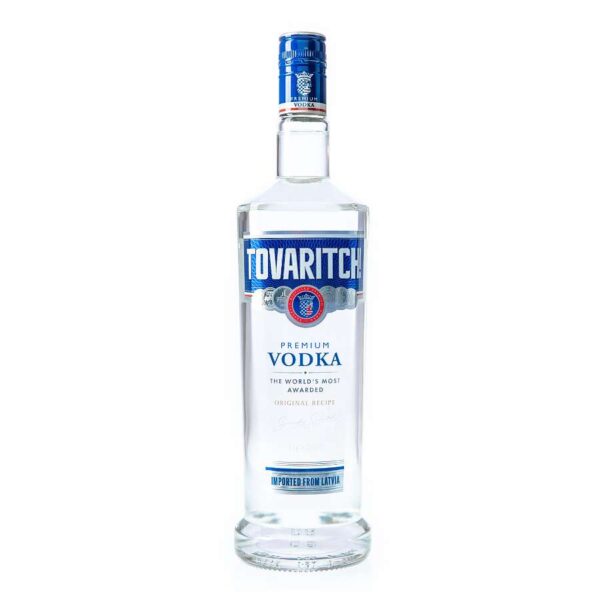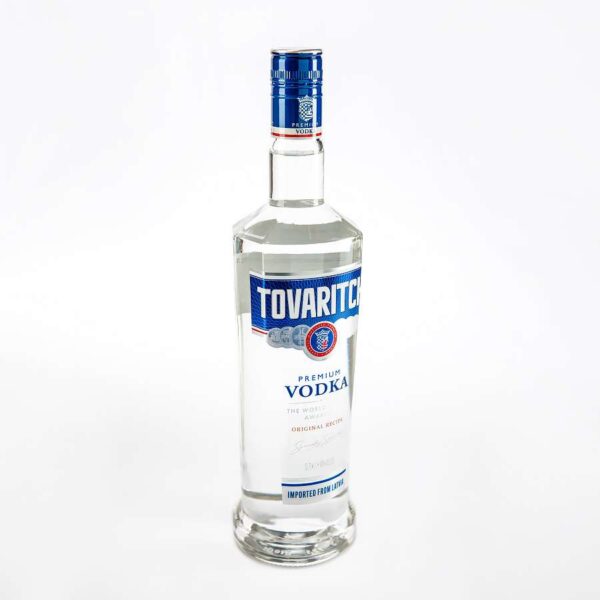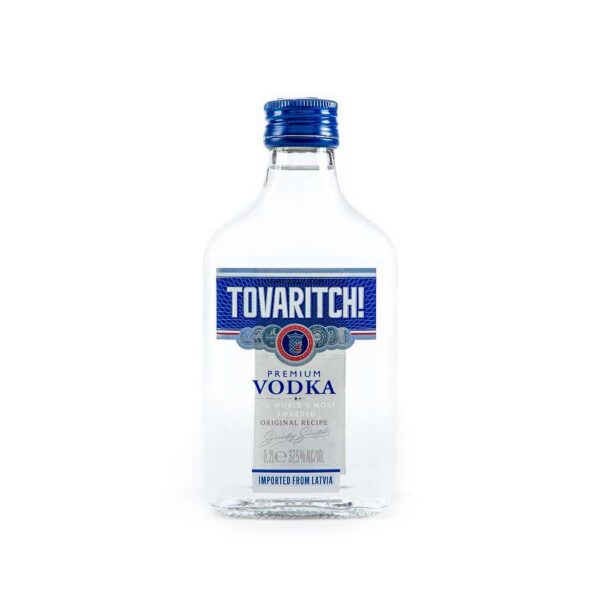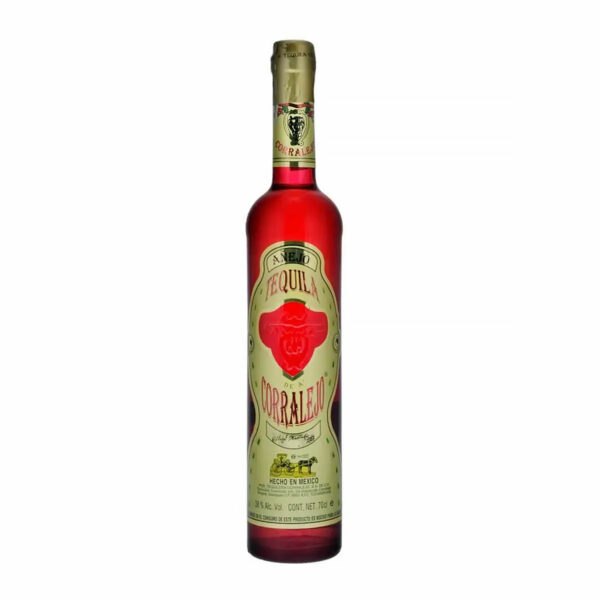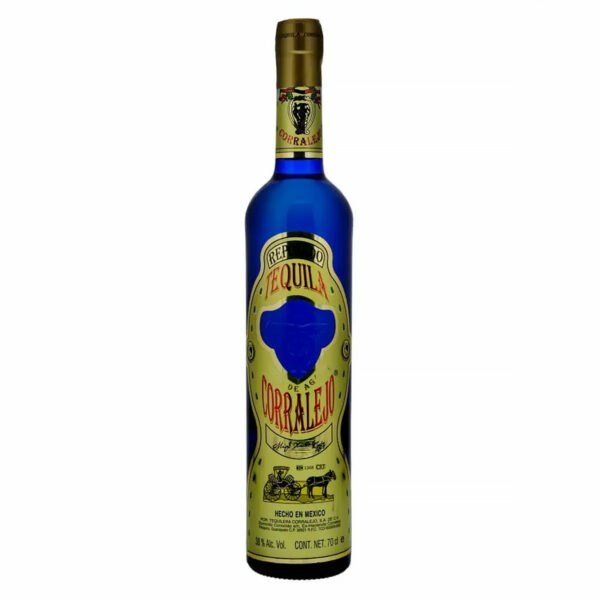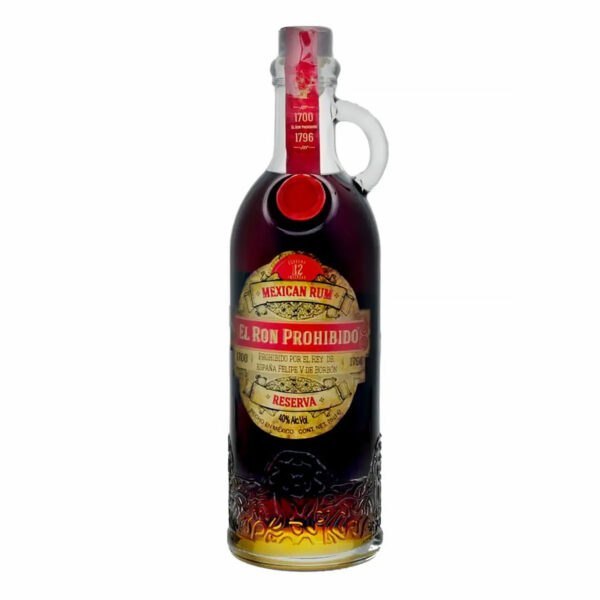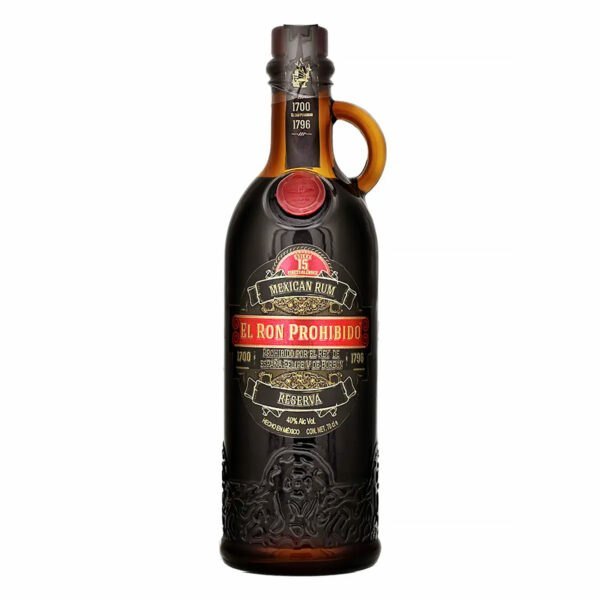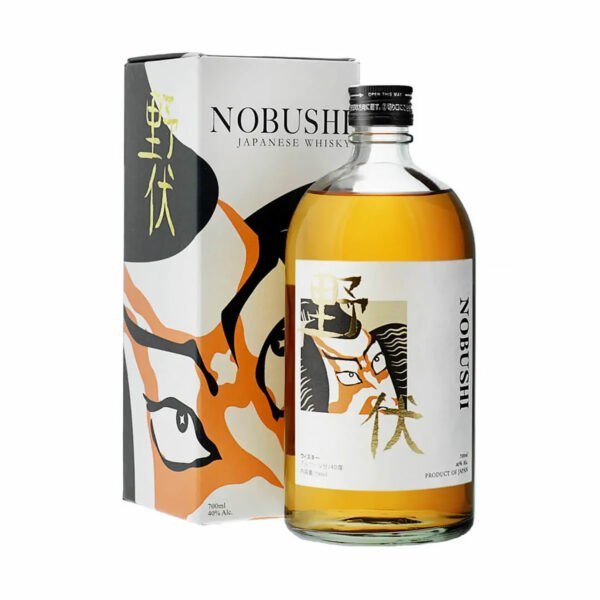The gleaming pearls of Osetra caviar have graced the tables of history’s most powerful rulers for over two millennia. This exquisite delicacy, harvested from the ancient sturgeon of the Caspian Sea, has served as both sustenance and symbol of ultimate luxury across civilizations. From the opulent banquets of Persian emperors to the grand dining halls of Russian tsars, Osetra caviar has consistently marked the pinnacle of culinary refinement.
The story of Osetra caviar reads like a chronicle of power itself. Each lustrous egg carries within it centuries of tradition, conquest, and cultural exchange. The delicacy’s journey from the depths of the Caspian Sea to the most exclusive dining tables reveals fascinating insights into how food becomes intertwined with status, diplomacy, and social hierarchy. This remarkable trajectory spans ancient empires, medieval courts, and modern celebrity culture, creating an unbroken chain of luxury that continues today.
Understanding whose tables historically featured this precious delicacy offers a unique window into the evolution of fine dining and social stratification. The consumption of Osetra caviar has never been merely about taste—it represents membership in an exclusive club of the world’s elite, where culinary choices reflect political power, economic dominance, and cultural sophistication.
Ancient Persian emperors and the birth of royal caviar tradition
The earliest recorded appreciation of Osetra caviar traces back to ancient Persia, where emperors first recognized the extraordinary value of sturgeon roe. Persian rulers living along the Caspian Sea discovered that these glistening eggs possessed not only exceptional flavor but also symbolic power that elevated their royal status. The Persian Empire’s sophisticated culinary culture embraced caviar as both a delicacy and a tool of statecraft.
Persian historical texts from the 5th century BCE document the grandeur of imperial feasts where sturgeon roe held places of honor. These ancient accounts reveal that Persian nobility considered caviar a symbol of wealth and opulence, with consumption marking clear social distinctions. The delicacy became so intertwined with Persian royal identity that it served as diplomatic gifts to foreign dignitaries and neighboring rulers.
The Caspian Sea advantage
The Persian Empire’s geographic advantage provided exclusive access to the world’s finest sturgeon populations. The Caspian Sea’s unique ecosystem created ideal conditions for sturgeon to develop the complex flavors that would later captivate palates across continents. Persian fishermen developed sophisticated harvesting techniques that preserved the delicate roe while maximizing its culinary potential.
Ancient Persian preparation methods involved traditional salting and curing processes that enhanced the caviar’s natural characteristics. These techniques, refined over generations, established the foundation for modern caviar processing. The Persian approach emphasized minimal intervention, allowing the sturgeon’s natural flavors to shine through careful preservation methods.
Persian merchants carried caviar along the Silk Road, introducing this luxury to distant markets and establishing its reputation beyond the empire’s borders. These early trade networks created the foundation for caviar’s eventual global recognition. The Persian Empire’s extensive commercial relationships allowed caviar to reach Greek and Roman tables, where it gained new admirers among foreign aristocracies.
Cultural significance and royal ceremonies
Persian emperors incorporated Osetra caviar into elaborate court ceremonies that reinforced their divine authority. The serving of caviar became ritualized, with specific protocols governing its presentation and consumption. Royal banquets featured caviar as a centerpiece, demonstrating the emperor’s ability to command the finest luxuries from nature’s bounty.
The Persian tradition of serving caviar with simple accompaniments like bread and onions established patterns that persist in modern fine dining. This approach highlighted the caviar’s inherent quality rather than masking it with complex preparations. Persian culinary philosophy viewed caviar as a perfect creation requiring minimal enhancement to achieve maximum impact.
Trade networks and cultural exchange
Persian control over Caspian Sea fishing grounds allowed the empire to regulate caviar quality and distribution. This monopoly created significant economic advantages while establishing Persia as the premier source of luxury foods. The empire’s position as a caviar supplier strengthened diplomatic relationships with neighboring kingdoms and distant trading partners.
The Persian approach to caviar preparation influenced culinary traditions across the ancient world. Greek and Roman aristocrats adopted Persian serving methods while adapting them to local tastes and customs. This cultural exchange spread caviar appreciation throughout the Mediterranean region, establishing its reputation as the ultimate luxury food.
Russian tsars and the golden age of Osetra consumption
Russian imperial courts elevated Osetra caviar to unprecedented heights of luxury and refinement during the Tsarist era. The Romanov dynasty transformed caviar consumption into an art form that reflected the empire’s vast wealth and cultural sophistication. Russian tsars established caviar as an essential element of state dinners, diplomatic receptions, and royal celebrations.
The Russian Empire’s control over Caspian Sea fishing grounds provided exclusive access to the world’s finest sturgeon populations. This geographic advantage allowed Russian rulers to monopolize the highest quality Osetra caviar while establishing strict quality standards. The imperial court developed elaborate protocols for caviar selection, preparation, and service that influenced dining customs across Europe.
Imperial dining traditions
Tsarist Russia created the most sophisticated caviar service traditions in history, with detailed etiquette governing every aspect of consumption. Russian imperial banquets featured multiple caviar courses, each showcasing different preparation methods and accompaniments. The court’s master chefs developed innovative presentations that highlighted caviar’s versatility while maintaining its essential character.
Russian aristocrats consumed caviar in ways that differed significantly from modern practices, often serving it warm with traditional accompaniments. Medieval Russian preparation methods included mixing caviar with pepper, chopped onions, and various seasonings. These historical serving styles reflected the practical needs of preservation while creating distinctive flavor profiles that became hallmarks of Russian cuisine.
The collapse of the Tsarist system in 1917 marked the end of traditional imperial caviar culture, though Soviet authorities continued to recognize caviar’s economic value. The transition from imperial to state control fundamentally changed caviar’s role in Russian society while maintaining its status as a premium export commodity.
Economic and political power
The Russian Empire’s caviar monopoly became a significant source of state revenue and diplomatic influence. Tsars used premium Osetra caviar as diplomatic gifts, cementing alliances and demonstrating imperial wealth to foreign courts. The control of caviar production and distribution reinforced Russia’s position as a major European power with access to unique luxury resources.
Traditional Russian caviar service methods:
- Served on mother-of-pearl spoons to preserve flavor
- Accompanied by blinis and sour cream
- Paired with ice-cold vodka in crystal glasses
- Presented on beds of crushed ice
- Garnished with chopped egg whites and onions
Russian caviar exports to European markets generated substantial income that funded imperial expansion and cultural projects. The empire’s ability to supply consistent quantities of high-quality Osetra caviar established long-term trade relationships with wealthy European customers. This economic foundation supported the development of sophisticated processing facilities and quality control systems.
The Russian approach to caviar grading and classification became the global standard for quality assessment. Imperial inspectors developed detailed criteria for evaluating caviar based on size, color, texture, and flavor characteristics. These standards influenced modern caviar grading systems and continue to shape industry practices today.
European aristocracy’s embrace of the Caspian Sea delicacy
European nobility discovered Osetra caviar through trade relationships with Persian and Russian merchants, quickly adopting it as a symbol of refined taste. Medieval European courts incorporated caviar into their most prestigious banquets, establishing new traditions that reflected continental dining customs. The delicacy’s arrival in Europe marked a significant expansion of aristocratic culinary horizons.
French aristocrats particularly embraced Osetra caviar, integrating it into the sophisticated cuisine that would later influence global fine dining standards. French chefs developed innovative preparation methods that showcased caviar’s versatility while respecting its delicate nature. The French approach emphasized elegant presentation and careful pairing with complementary flavors.
Royal fish designation
English royalty formalized caviar’s elite status through legal declarations that restricted access to the highest social levels. King Edward II’s 1324 decree designating sturgeon as “Royal Fish” established precedents that continue today. This legal framework reinforced caviar’s association with monarchical power while creating exclusive consumption privileges.
The English royal tradition of claiming all wild sturgeon found within territorial waters demonstrates the historical importance placed on caviar access. This legal principle reflects the understanding that caviar represented more than mere food—it embodied sovereign authority over natural resources. The continuation of these traditions into modern times illustrates caviar’s enduring connection to royal privilege.
Continental dining evolution
European aristocrats developed sophisticated caviar service protocols that influenced dining customs across the continent. Medieval banquets featured caviar as a centerpiece delicacy that demonstrated the host’s wealth and cultural refinement. These early European traditions established many of the serving customs that persist in contemporary fine dining.
The spread of caviar consumption among European nobility created networks of shared culinary appreciation that transcended national boundaries. Aristocratic families exchanged recipes, serving techniques, and quality standards that elevated caviar’s status throughout continental Europe. This cultural exchange established caviar as a unifying element of European high society.
Interesting fact: Medieval European nobility often served caviar alongside other exotic delicacies imported from distant lands, creating elaborate displays of international luxury that demonstrated their global reach and sophisticated tastes. These presentations could include spices from Asia, wines from distant regions, and preserved foods from various climates, with caviar serving as the crown jewel of such cosmopolitan feasts.
Luxury fresh black caviar from an Italian producer available at PremiumCaviar Shop
Modern caviar production has evolved significantly from its historical origins, with contemporary producers like Pisani Dossi maintaining the highest quality standards while embracing sustainable practices. The company specializes in premium black caviar varieties that honor traditional preparation methods while meeting modern food safety requirements. Their commitment to excellence ensures that today’s caviar maintains the same luxurious character that captivated ancient emperors and royal courts.
Pisani Dossi approach to sturgeon farming and caviar production reflects centuries of accumulated knowledge combined with modern aquaculture techniques. The company’s facilities maintain optimal conditions for sturgeon development, ensuring that each fish reaches full maturity before harvesting. This patient approach results in caviar with the complex flavors and textures that define premium quality.
Premium Siberian sturgeon black caviar excellence
The Premium Siberian Sturgeon Black Caviar represents the pinnacle of modern caviar production, combining traditional Russian techniques with contemporary quality control. This variety offers the rich, complex flavors that made Siberian sturgeon caviar famous among Russian aristocrats. The careful selection process ensures consistent quality that meets the expectations of discerning consumers.
Siberian sturgeon caviar production requires extensive expertise in fish husbandry and processing techniques. The sturgeon must reach optimal maturity before harvesting, a process that can take several years of careful monitoring. This patience results in caviar with the depth of flavor and perfect texture that characterizes premium products.
The distinctive characteristics of Siberian sturgeon caviar include medium-sized grains with a firm texture and nutty flavor profile. The caviar’s dark color ranges from deep brown to black, with each egg delivering a burst of complex taste that reflects the sturgeon’s natural diet and environment. Modern processing techniques preserve these natural qualities while ensuring food safety standards.
Premium Siberian Sturgeon Black Caviar
Premium Siberian Sturgeon fresh black caviar 50gr. Pisani Dossi
Premium Siberian Sturgeon fresh black caviar 100gr. Pisani Dossi
Premium Osetra black caviar heritage
Premium Osetra Black Caviar maintains the authentic characteristics that made this variety the favorite of Persian emperors and Russian tsars. The production process honors traditional methods while incorporating modern safety standards and quality control measures. Each batch undergoes rigorous testing to ensure it meets the exacting standards established by centuries of caviar tradition.
The distinctive nutty flavor and creamy texture of Premium Osetra caviar reflects the careful attention paid to every aspect of production. From sturgeon selection through final packaging, each step follows protocols designed to preserve the delicate qualities that define exceptional caviar. This commitment to excellence ensures that modern consumers can experience the same luxury that captivated historical royalty.
Premium caviar quality comparison:
| Caviar Type | Grain Size | Color Range | Flavor Profile | Texture |
|---|---|---|---|---|
| Osetra | Medium-Large | Golden-Brown to Dark Amber | Nutty, Buttery, Complex | Creamy, Firm |
| Siberian Sturgeon | Medium | Dark Brown to Black | Rich, Nutty, Earthy | Firm, Pop |
Osetra caviar’s golden-brown to dark amber coloration distinguishes it from other varieties, with each grain offering a unique combination of buttery richness and subtle brininess. The caviar’s medium to large grain size provides a satisfying texture that releases complex flavors gradually on the palate. These characteristics have made Osetra caviar the preferred choice of connoisseurs throughout history.
Premium Osetra Black Caviar
Premium Osetra fresh black caviar 50gr. Pisani Dossi
Premium Osetra fresh black caviar 100gr. Pisani Dossi
Premium alcohol pairings for optimal tasting
The tradition of pairing caviar with premium alcoholic beverages dates back to ancient royal courts where such combinations enhanced the dining experience. PremiumCaviar’s selection of premium alcohol offers carefully chosen options that complement caviar’s complex flavors without overwhelming its delicate characteristics. These pairings reflect centuries of accumulated knowledge about flavor combinations that enhance rather than compete with caviar’s natural taste.
Traditional vodka pairings remain popular due to the spirit’s clean profile that cleanses the palate between caviar tastings. The neutral character of premium vodka allows the caviar’s subtle flavors to shine while providing a refreshing contrast to the rich, buttery texture. Russian tradition favors ice-cold vodka served in small glasses alongside mother-of-pearl spoons for caviar service.
Premium Alcohol
Interesting fact: The tradition of serving caviar with specific alcoholic beverages originated in Russian imperial courts, where master sommeliers developed precise pairing protocols that enhanced both the caviar’s flavor and the alcohol’s character, creating harmonious combinations that became the foundation for modern luxury dining standards.
Victorian era high society and the ritualization of caviar service
The Victorian era marked a significant transformation in caviar consumption, as British high society developed elaborate rituals around its service and consumption. Victorian dining customs elevated caviar from a luxury food to a social institution with specific protocols governing its presentation. The period’s emphasis on proper etiquette and social distinction found perfect expression in caviar’s exclusive nature.
Victorian society’s fascination with exotic delicacies made caviar an essential element of fashionable entertaining. Wealthy Victorian families competed to present the most sophisticated caviar service, developing increasingly elaborate presentations. The era’s social hierarchies found reinforcement through access to premium caviar and knowledge of proper consumption methods.
Social stratification through culinary access
Victorian high society used caviar consumption as a marker of social position and cultural refinement. The ability to serve authentic Osetra caviar demonstrated both financial resources and sophisticated taste. Victorian hostesses developed reputations based partly on their ability to source and present exceptional caviar.
The Victorian emphasis on proper behavior extended to caviar consumption, with detailed etiquette governing every aspect of service. Social guides of the period provided specific instructions for caviar presentation, from appropriate serving vessels to correct accompaniments. These protocols reinforced social boundaries while creating shared standards among the elite.
Victorian caviar service required specific implements and presentation styles that distinguished proper society from nouveau riche pretenders. The use of mother-of-pearl spoons, crystal serving dishes, and fine linens became essential elements of authentic caviar presentation. These material requirements created barriers to entry that maintained caviar’s exclusive character.
Technological advances in preservation
Victorian innovations in food preservation and transportation expanded caviar’s availability beyond traditional centers of consumption. Improved refrigeration techniques allowed for better quality maintenance during shipping. These technological advances made it possible for Victorian society to enjoy caviar with consistent quality regardless of geographic location.
The development of railway networks during the Victorian era facilitated rapid caviar distribution across Britain and continental Europe. This improved logistics allowed Victorian hosts to serve fresher caviar while expanding the market for premium varieties. The combination of better preservation and faster transportation democratized caviar access within wealthy circles.
Victorian caviar service essentials:
- Mother-of-pearl or bone spoons for serving
- Crystal or silver serving dishes on beds of ice
- Fine linen napkins and proper table settings
- Traditional accompaniments like toast points and onions
- Appropriate wines or spirits for pairing
Victorian advances in packaging and storage extended caviar’s shelf life while maintaining its delicate flavor profile. New sealing techniques and temperature-controlled storage systems reduced spoilage during transport. These improvements made caviar more reliable for social entertaining, encouraging its adoption among Victorian high society.
Cultural influence and literary references
Victorian literature frequently referenced caviar as a symbol of luxury and sophistication, reinforcing its cultural significance. Writers of the period used caviar consumption to characterize wealthy protagonists and illustrate social distinctions. These literary references helped establish caviar’s place in popular consciousness as the ultimate luxury food.
The Victorian era’s extensive documentation of social customs preserved detailed records of caviar service traditions. Contemporary accounts provide insights into how Victorian society adapted traditional caviar consumption to British dining customs. These historical records demonstrate the careful attention paid to maintaining caviar’s exclusive character.
Victorian social commentators often used caviar as a metaphor for refined taste and cultural sophistication. The delicacy appeared in etiquette manuals, society columns, and satirical works that examined class distinctions. This literary attention reinforced caviar’s status as a marker of social achievement and cultural refinement.
Interesting fact: Victorian society developed the practice of serving caviar on mother-of-pearl spoons to avoid metallic flavors that could interfere with the delicate taste, a tradition that continues in fine dining establishments today and reflects the era’s attention to culinary detail and proper presentation.
Modern celebrity culture and contemporary luxury dining
Contemporary celebrity culture has transformed caviar from an aristocratic privilege to a symbol of modern luxury accessible to entertainment industry elites. Hollywood celebrities and international stars regularly feature caviar in social media posts and public appearances, maintaining its status as the ultimate luxury food. This modern visibility has introduced caviar to new audiences while preserving its exclusive character.
Celebrity chefs have revolutionized caviar presentation through innovative culinary applications that honor traditional preparation while embracing contemporary techniques. These culinary artists have expanded caviar’s role beyond traditional service, incorporating it into creative dishes that showcase its versatility. The celebrity chef phenomenon has elevated public awareness of caviar quality and preparation methods.
Social media influence and luxury lifestyle
Modern celebrities use caviar consumption to project images of success and sophisticated taste through social media platforms. Instagram posts featuring caviar create aspirational content that influences consumer behavior and dining trends. This digital visibility maintains caviar’s relevance in contemporary luxury culture while reaching global audiences.
The democratization of luxury through social media has made caviar more accessible to affluent consumers beyond traditional elite circles. Celebrity endorsements and lifestyle content have expanded caviar’s market while maintaining its premium positioning. This modern approach balances exclusivity with broader market appeal.
Celebrity culture has created new contexts for caviar consumption, from red carpet events to exclusive parties and luxury travel experiences. These high-profile appearances reinforce caviar’s association with success and sophistication. The visual nature of modern media has made caviar presentation more important than ever, driving innovation in serving techniques and presentation styles.
Contemporary fine dining innovations
Modern restaurants have developed innovative caviar presentations that honor historical traditions while embracing contemporary culinary techniques. Celebrity chefs create signature dishes that showcase caviar’s versatility without compromising its essential character. These innovations have expanded caviar’s culinary applications while maintaining its luxury status.
Modern caviar service evolution:
| Era | Service Style | Accompaniments | Presentation |
|---|---|---|---|
| Traditional | Simple, minimal | Bread, onions, eggs | Mother-of-pearl spoons |
| Modern | Creative, artistic | Fusion elements, molecular | Designer plates, artistic |
The integration of caviar into diverse culinary traditions reflects modern dining’s global perspective. Contemporary chefs draw inspiration from historical preparation methods while adapting to current tastes and dietary preferences. This evolution ensures caviar’s continued relevance in modern luxury dining.
Modern culinary schools now include caviar handling and service techniques in their curricula, training a new generation of chefs in proper caviar preparation. This educational approach ensures that traditional knowledge passes to contemporary practitioners while encouraging innovation. The formalization of caviar education reflects its continued importance in fine dining.
Luxury hospitality and exclusive experiences
High-end restaurants and luxury hotels have developed exclusive caviar experiences that cater to contemporary affluent consumers. These establishments offer caviar tastings, pairing dinners, and educational experiences that combine luxury with culinary education. The modern approach emphasizes experiential dining that creates memorable luxury encounters.
Private dining experiences featuring premium caviar have become popular among wealthy individuals seeking exclusive culinary adventures. These intimate settings allow for personalized service and customized presentations that honor individual preferences. The trend toward experiential luxury has elevated caviar service to new levels of sophistication.
Luxury cruise lines and private jets now feature caviar service as standard amenities for premium passengers. These mobile luxury environments have expanded caviar’s reach while maintaining its association with exclusive travel and high-end hospitality. The integration of caviar into luxury transportation reflects its enduring status as the ultimate indulgence.
Interesting fact: Modern luxury cruise lines now offer caviar bars and tasting experiences that rival the finest land-based establishments, bringing the tradition of exclusive caviar service to international waters and creating floating palaces of culinary luxury that would have impressed even the most demanding historical royalty.
Summary
The illustrious history of Osetra caviar reveals a consistent pattern of association with power, wealth, and cultural refinement spanning over two millennia. From ancient Persian emperors who first recognized its exceptional value to modern celebrities who showcase it on social media, caviar has maintained its position as the ultimate luxury delicacy. The tables that have featured Osetra caviar read like a roster of history’s most influential figures—Persian rulers, Russian tsars, European aristocrats, Victorian high society, and contemporary entertainment elites.
This remarkable continuity demonstrates caviar’s unique ability to transcend cultural boundaries while maintaining its exclusive character. Each era has adapted caviar consumption to reflect contemporary values and dining customs, yet the fundamental association with luxury and sophistication remains unchanged. The evolution from ancient royal banquets to modern celebrity culture illustrates how certain luxury items can maintain their prestige across vastly different social and technological contexts.
Understanding caviar’s historical trajectory provides valuable insights into the nature of luxury itself and how culinary traditions adapt while preserving their essential character. The enduring appeal of Osetra caviar confirms its status as one of history’s most successful luxury products, continuing to grace the tables of the world’s elite just as it did for ancient emperors and medieval kings.


